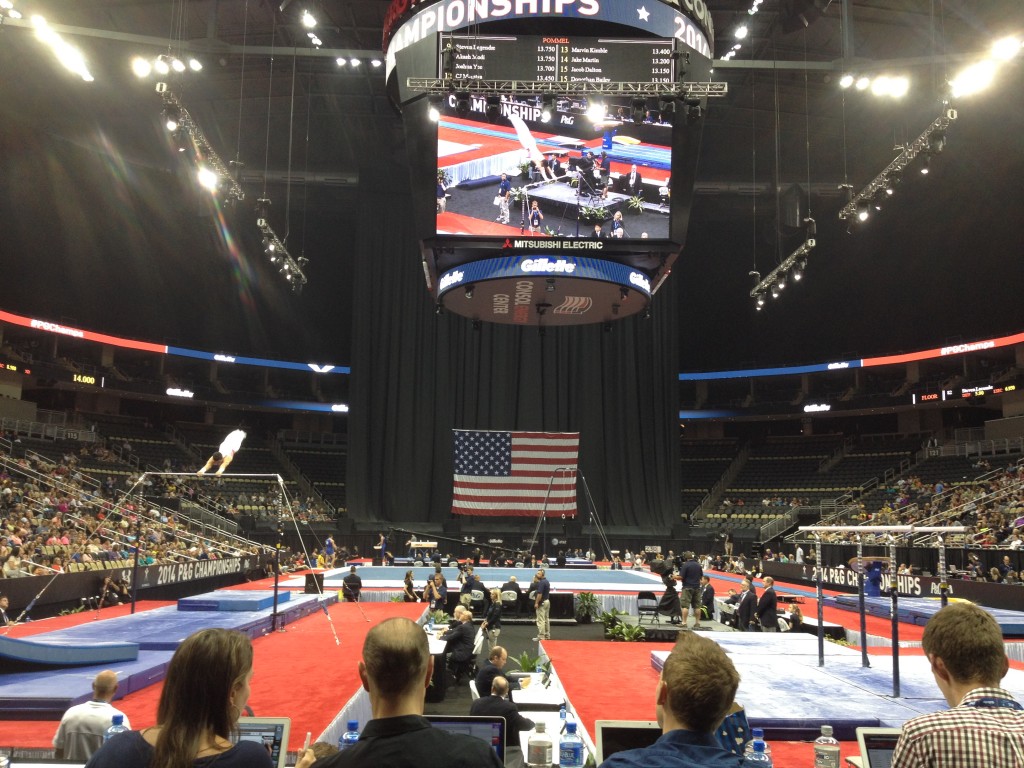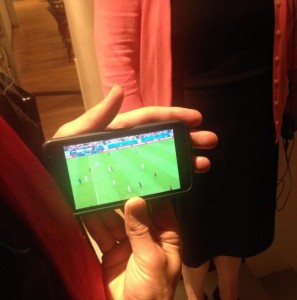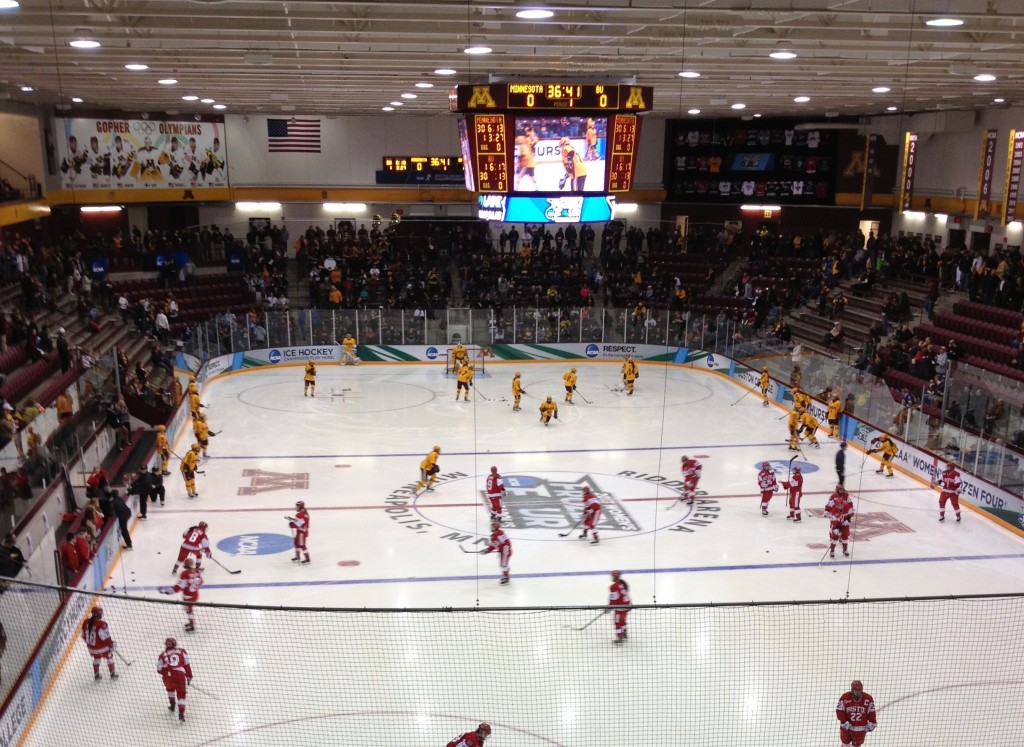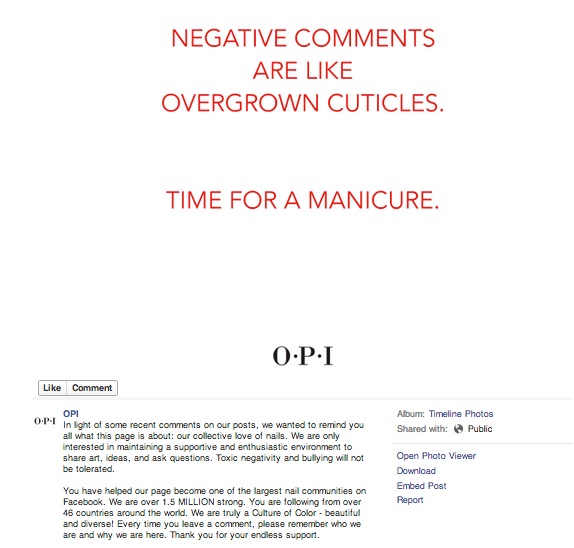PITTSBURGH – With a newfound zeal for his gymnastics career, Paul Ruggeri had a solid first day of senior men’s competition at the 2014 U.S. Gymnastics Championships Friday.
The Manlius, N.Y. native finished 9th all-around among a strong field, taking a 87.050 score into Sunday afternoon’s final round of competition. His 15.35 on vault Friday night was followed by an unfortunate turn on parallel bars, where he fell near the end but still salvaged a 13.3 score. Three beautiful release moves and near perfect handstands earned Ruggeri a 15.7 on high bar. He closed his evening with a 12.85 on pommel horse, staying on the horse, which many of his competitors had not.
After hitting all five of his tumbling passes on floor exercise to earn a 15.6, Ruggeri clasped his hands in the direction of the judges, appearing very grateful that his first day of competition this year was going vastly different than last year’s opening round, where he struggled and finished in 15th place with just a 85.25.
Ruggeri’s positive attitude, influenced by a recent change in his training base to the U.S. Olympic Training Center, sparked his steady day. “Today I am happy to be doing gymnastics, and I enjoy this process,” said Ruggeri. “I am just in it for the ride. Whatever I get out of it, I get out of it. So I am enjoying myself.”
Penfield, N.Y.’s Eddie Penev had his ups and downs on day one, finishing 15th with a 84.1. He showed his typical mastery on floor exercise, making every tumbling pass look like a walk in the park. His closing whip triple full was especially airy, and his tumbling packed routine earned a well deserved 15.55 for the routine.
Pommel horse became his undoing, despite an increased training emphasis on the event. He muscled through most of the routine before losing his balance going into the handstand in his dismount. He earned only a 11.95 for the routine.
Though Penev is the first to say that he’ll “never be a rings person,” it was his rings performance that demonstrated a lot of grit and heart, earning a 13.85. He closed his evening with two solid vaults. His half-on, double full was awarded a 15.35. His second, a huge Yurchenko 2.5 with just a step to the right, was performed with the hopes that the second vault could be used to earn him a consideration for further international assignments.
The recent Stanford graduate knows exactly what he needs to do to make Sunday’s last day of competition the best it can be. “I need to trust my training,” said Penev. “I definitely got ahead of myself a few times, so I definitely have to improve on that.”



